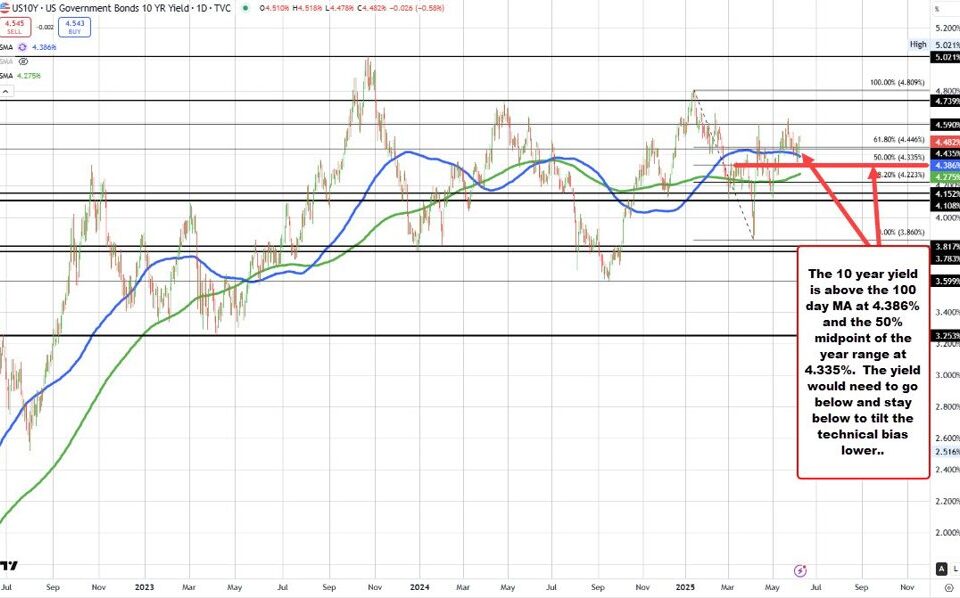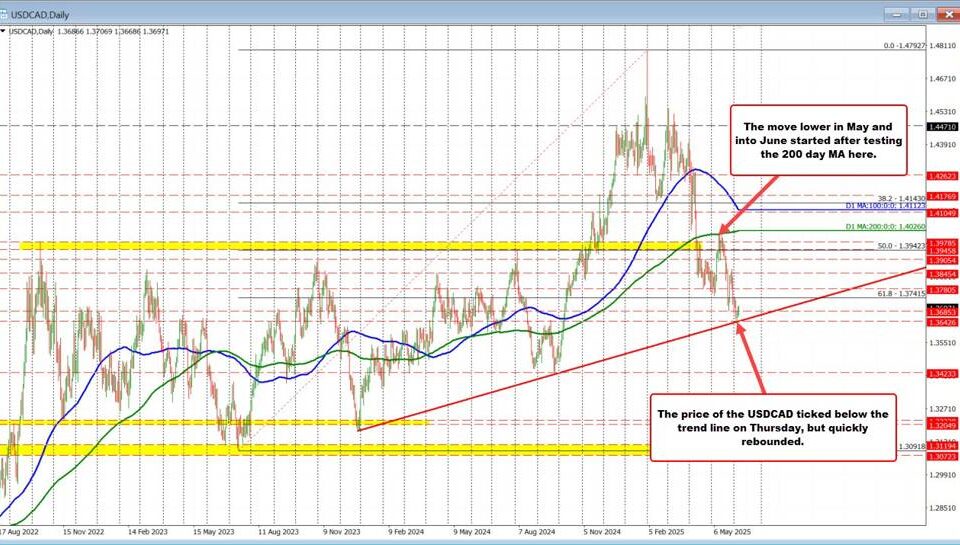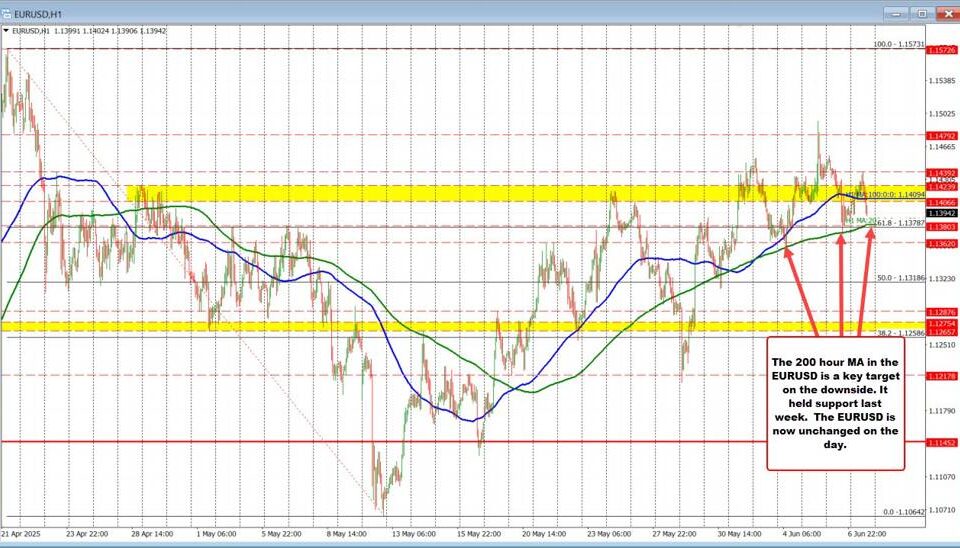
Premarket Trading Update: Stocks Surge and Decline Amid Trade Tensions (April 9, 2025)
Tháng 4 9, 2025Navigating the Shift: Understanding the USD/CHF Decline Amid Market Turmoil
Tháng 4 9, 2025Recent Developments in U.S. Dollar Performance Amid Tariff Wars
The dynamics of international currency markets are ever-changing, and recent trends regarding the U.S. dollar’s performance underscore the profound impact of economic policies, particularly the ongoing tariff wars. The U.S. dollar has experienced a notable decline against major currencies, raising concerns among investors and economists alike.
The U.S. Dollar’s Decline Against Major Currencies
Recent data indicates a significant downturn in the value of the U.S. dollar, specifically against the euro, where it recently touched a six-month low at approximately $1.1145 per euro. This downturn is rooted in growing fears surrounding a possible recession in the U.S. economy. Analysts and market observers express concerns that the combination of escalating tariffs and potential retaliatory actions from trade partners could further exacerbate economic challenges, leading to a weaker dollar. For a deeper analysis on currency pairs, check out this article on EUR/USD trends.
Understanding the Impact of Tariff Wars on the Dollar
The escalating tariff wars have emerged as a central theme affecting the dollar’s valuation. In theory, tariffs are designed to protect domestic industries by reducing import competition. However, the current situation paints a contrasting picture. The imposition of tariffs has resulted in increased operational costs for U.S. companies. This scenario is detrimental not only to market confidence but also works to undermine the dollar’s strength. The anticipation of negative economic repercussions from these tariffs suggests that the influence of the ongoing trade conflict will be felt long-term. Notably, China’s efforts to stabilize global economic conditions amid these tensions play a crucial role. Read more on this in the discussion of China’s strategic moves.
Moreover, as the costs of goods increase due to tariffs, pricing pressures can adversely affect consumer spending and economic growth. This conundrum has left many market analysts scratching their heads: why is the dollar weakening when economic theory posits that tariffs should typically bolster currency strength? The answer can be attributed to the overall sentiment surrounding the U.S. economic outlook. With investor confidence waning, stock prices have also declined in alignment with the dollar’s downward trajectory.
The Shift in Market Sentiment and Capital Flows
As market sentiment continues to shift unfavorably, the implications for capital flows become increasingly serious. Countries are reassessing their investment strategies regarding U.S. assets, spurred by tariff-related uncertainties. A reversal in capital flows out of the U.S. financial system could emerge, exacerbating the dollar’s decline. Investors are becoming hesitant, worrying that an economic downturn fueled by trade tensions could hinder profitability and growth.
In conclusion, the recent developments surrounding the U.S. dollar’s performance highlight the far-reaching implications of tariff strategies on economic health. As the dollar continues to grapple with declines driven by market sentiment and economic uncertainty, stakeholders must remain vigilant and responsive to the intricacies of international trade dynamics. The ongoing tariff wars not only affect currency valuations but also serve as a critical reminder of the interconnected nature of global economies. The future of the U.S. dollar may depend on how effectively these issues are navigated in the coming months.




